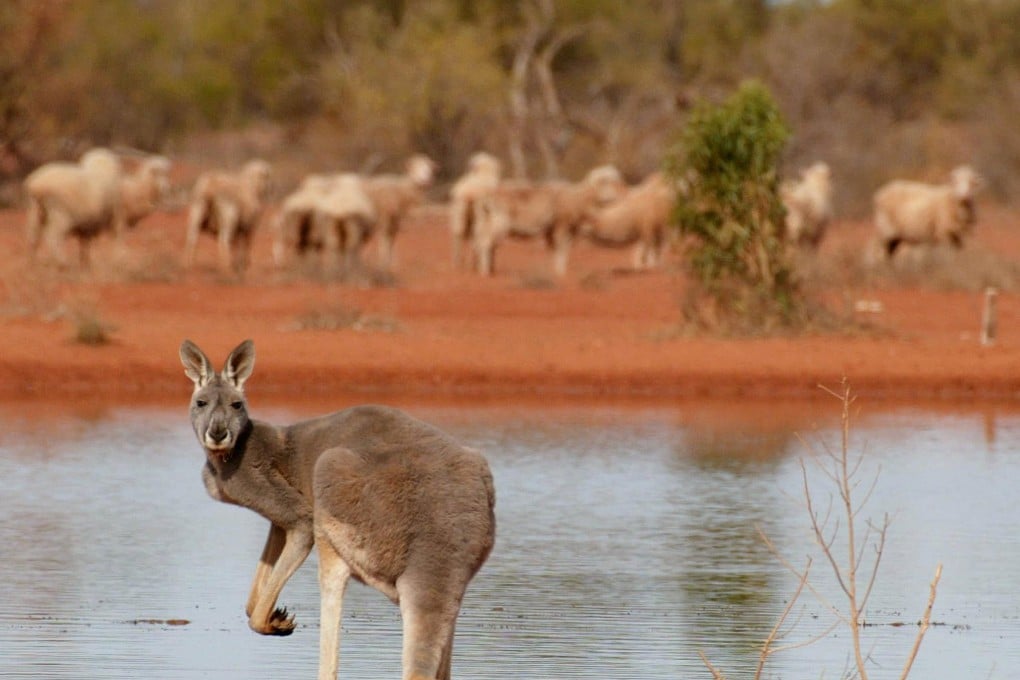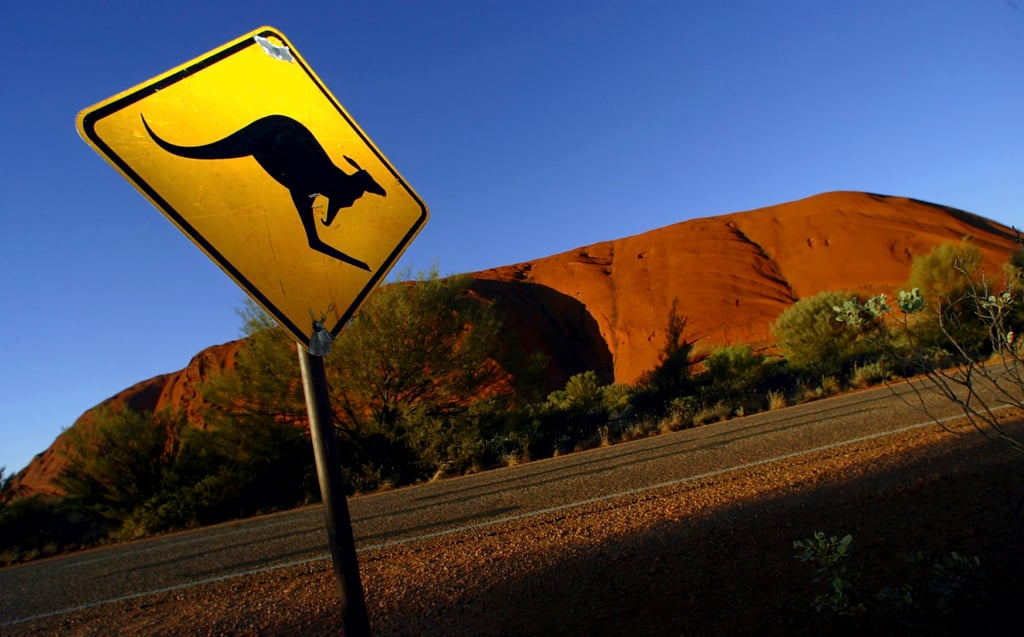Advertisement
Australia’s kangaroos are still killed regularly even as global brands drop roo leather
- German sport manufacturer Puma, US’ Nike to cut kangaroo leather from its products but killings of Australia’s most iconic marsupial persist
- Despite growing criticism, the Australian government does not only permit the hunting of roos, it is actively incentivised
Reading Time:3 minutes
Why you can trust SCMP
1

A gunshot echoes through the outback before a kangaroo in Australia falls to the ground.
A man drags the marsupial to his truck and hangs it upside down on the side of the loading area.
But it is not dead yet and keeps wriggling on all fours, so the hunter takes a knife and slashes the kangaroo. He then drives off through the Australian landscape.
Advertisement
This disturbing scene came from a video leaked to animal rights activists and published by Australian broadcaster ABC.
It is not an isolated case. Kangaroos are killed regularly in Australia, despite being the national symbol.

Animal rights activists have long been fighting against the practice that feeds into a fashion industry. The leather of the iconic marsupials is used to make fashion accessories and sports shoes around the world.
Advertisement
Select Voice
Choose your listening speed
Get through articles 2x faster
1.25x
250 WPM
Slow
Average
Fast
1.25x